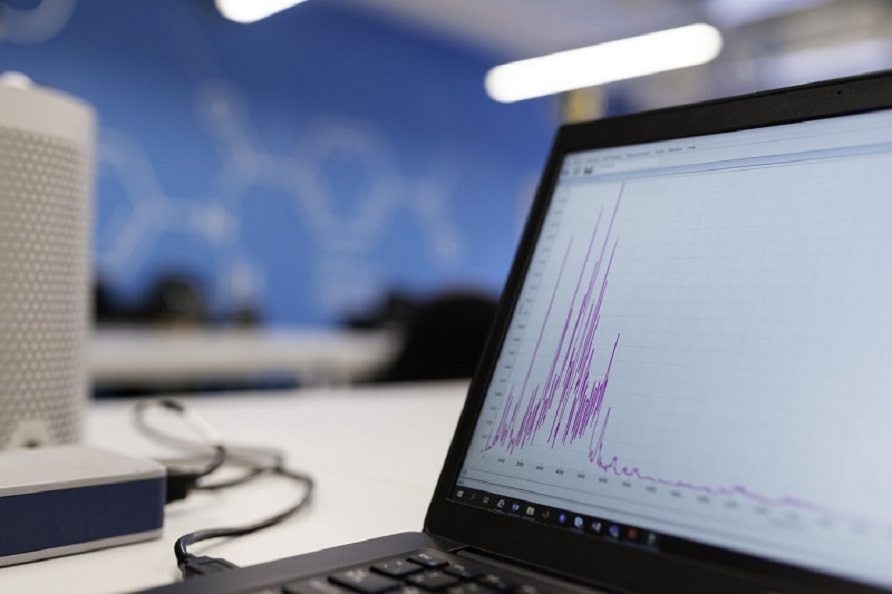Why Is Seismic Monitoring Important For Critical Industrial Infrastructure?
In recent years, it has become increasingly apparent that critical industrial infrastructure is vulnerable to the forces of nature. As was seen in Fukushima in 2011, the effects can be profound. Seismic monitoring is both a proactive and reactive methodology focused on risk assessment, analysis, and strategic safeguarding of critical infrastructure. Here is a quick guide to this crucial innovation.
What Is The Purpose Of Seismic Monitoring?
Seismic protection aims to safeguard a site in the event of an earthquake. This is achieved by instigating automatic safe shut-downs of vulnerable assets and processes if the sensors detect a change in ground acceleration and frequency. Advanced modelling is used to analyse the data, project the potential outcome, and minimise risk. The end-goal is to ensure that the plant is secure and, if possible, operational, despite external events.
Why Is Seismic Monitoring Required?
The aftermath of the Fukushima incident caused an evaluation across the industry. It rapidly became clear that there is a lack of universality between the approaches of different sites. This is particularly apparent at the risk assessment and response levels, and has led to the instigation of updated regulations regarding the planning for - and response to - seismic hazards.
What Are The Latest Developments In Seismic Protection?
The developments have been focused upon both cost and accuracy. Seismic events are rare, so the ideal solution is one that is not prohibitively expensive to implement. At the same time, the sensors have to be able to accurately predict the difference between a genuine event and anomalous vibrations. This can be achieved by ensuring that the correct frequency is detected, and that calibration and testing is straightforward. Ideally, the type of sensor that allows for both should be integrated at the design and build phase.
How Is Seismic Monitoring Technology Different To MEMS?
Micro Electro-Mechanical Systems (MEMS) emerged as one of the early technological solutions to vibration hazards. Combining their low-frequency monitoring capabilities with low cost, a wide range of industries have employed the technology. However, MEMS were never designed to operate within the rigorous safety and reliability demands of seismic protection. As such, there are a myriad of risks with this approach. These include the concern that technology is evolving too rapidly and haphazardly to ensure that MEMS are developed in a manner that is evidence-based and future-orientated.
Speak To Us
Our Sensonics team has developed a bespoke response to the requirements of seismic monitoring and protection.
For more information about achieving enhanced safety and preparedness, please call 01442 953018, or email sales@sensonics.co.uk.
Image source: Unsplash


